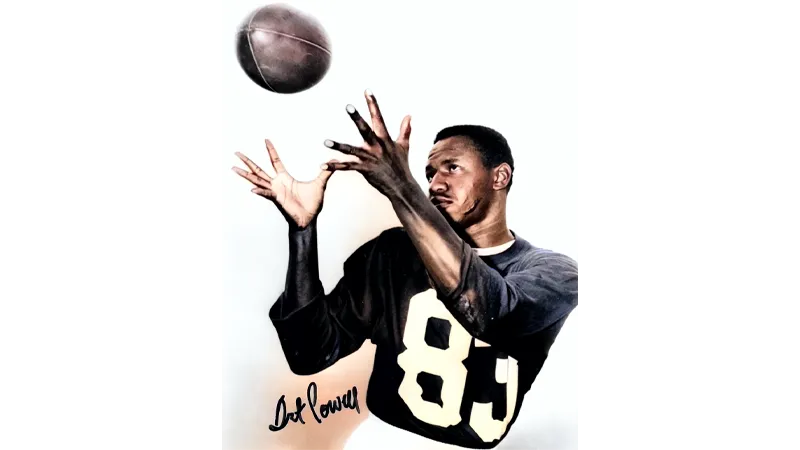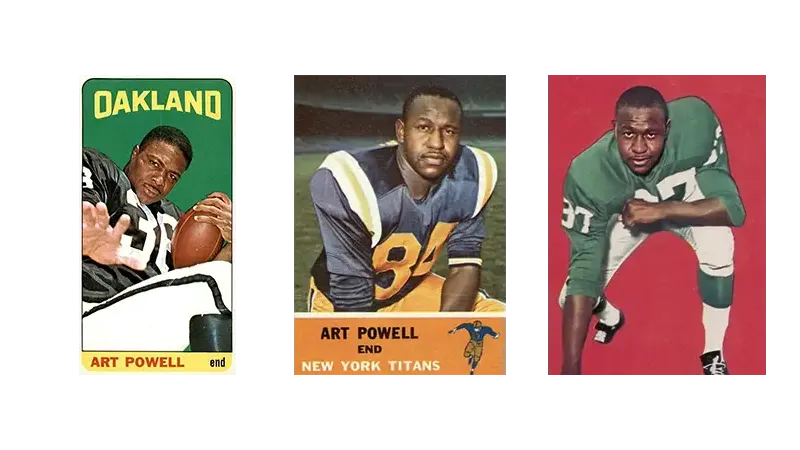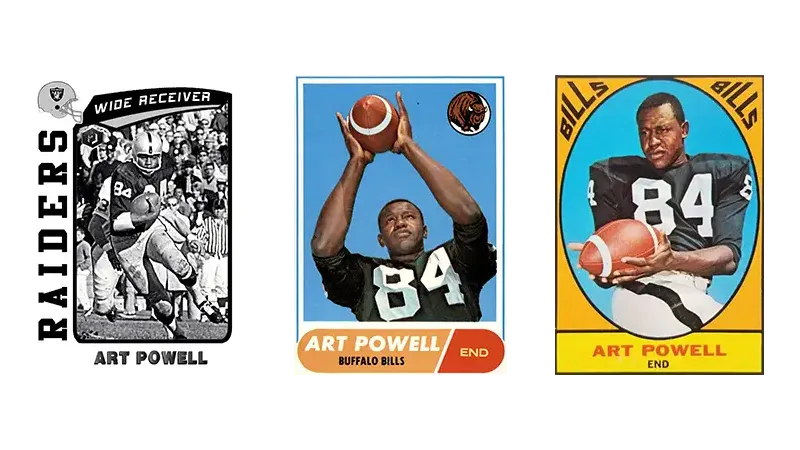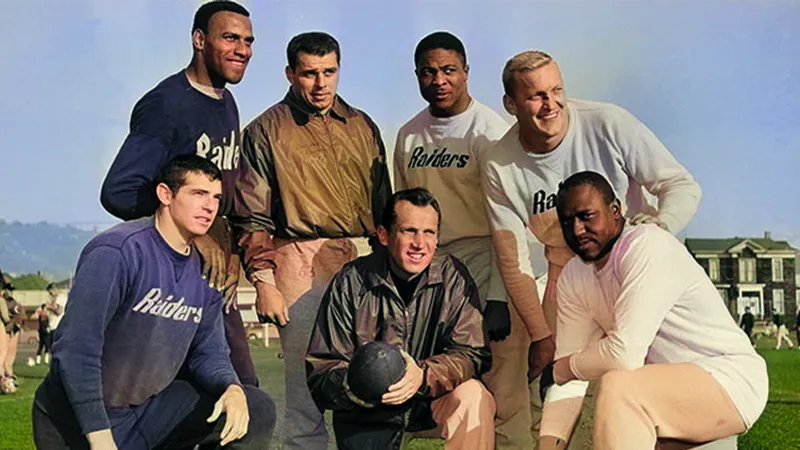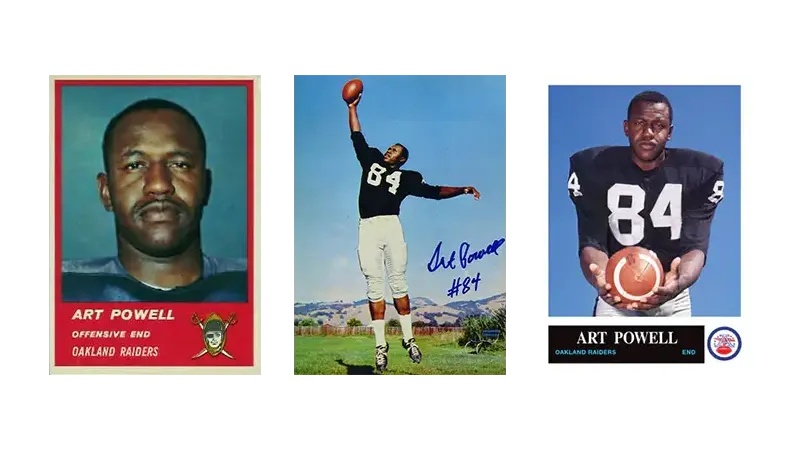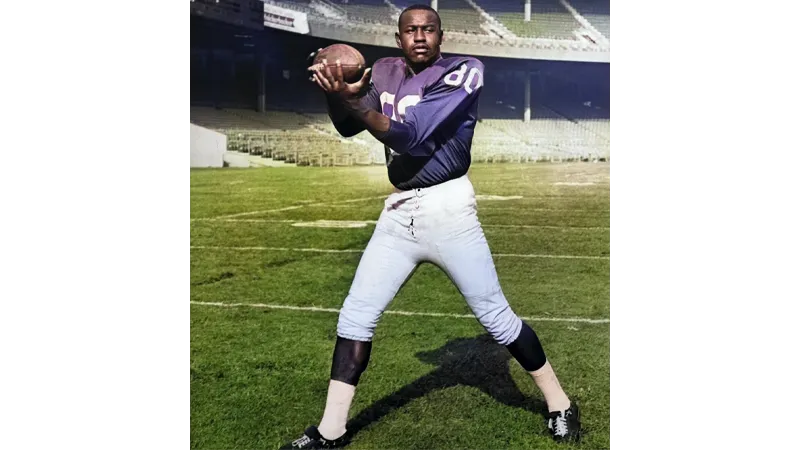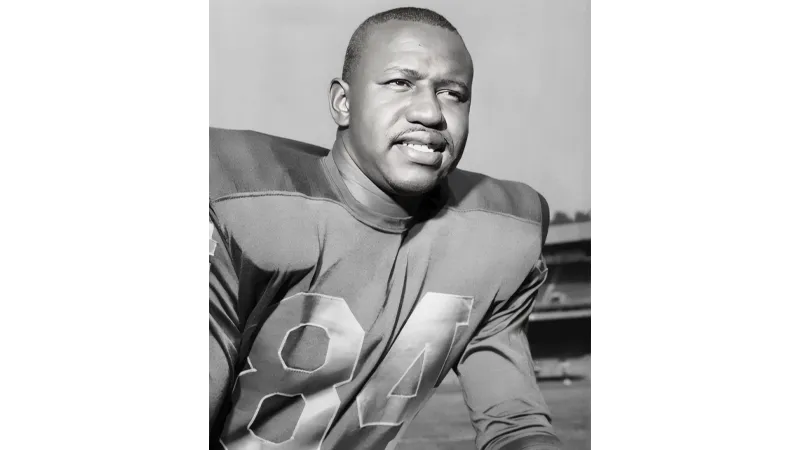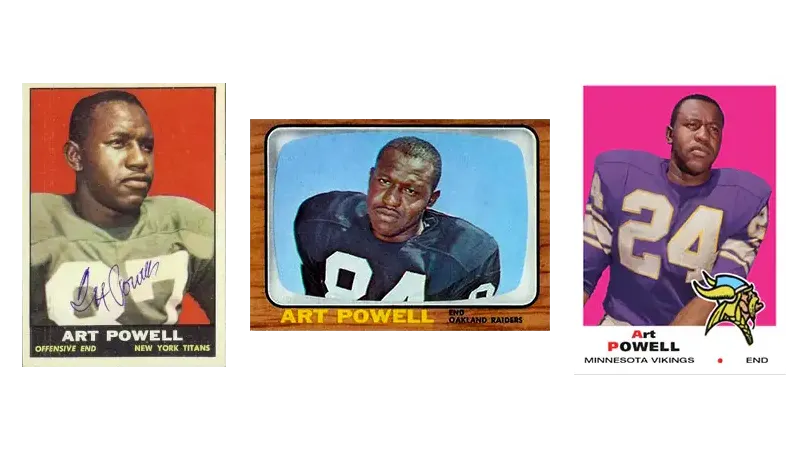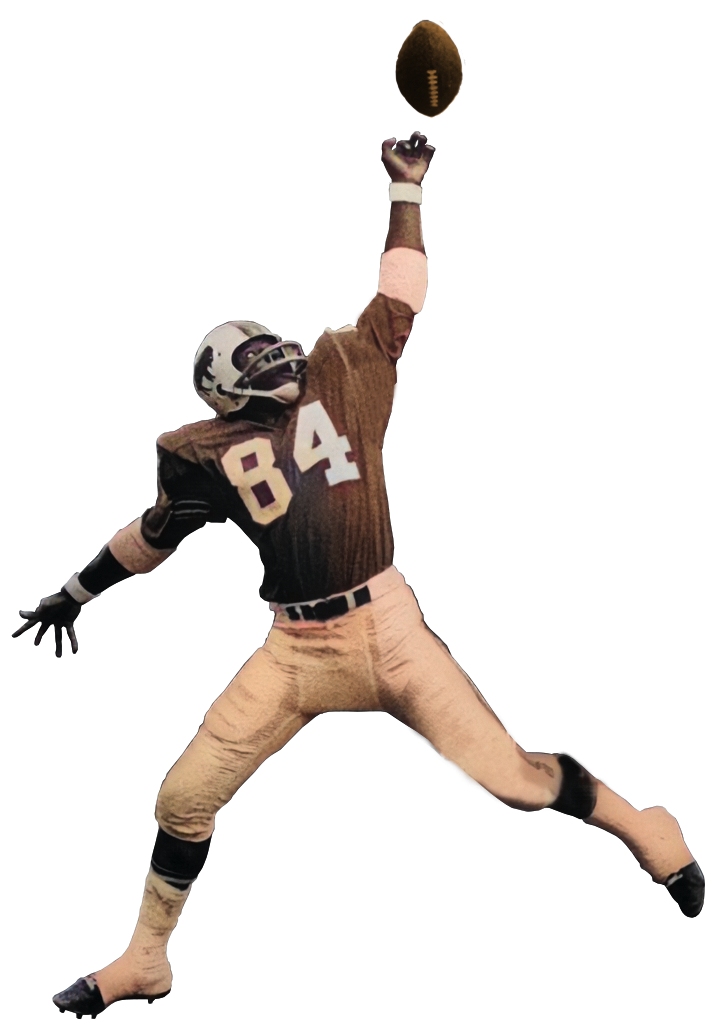
2024
Former WR Art Powell
Deserves to be
Inducted Into the
Pro Football
Hall of Fame
Lived: February 1937 - April 2015
Played: 1959 - 1968
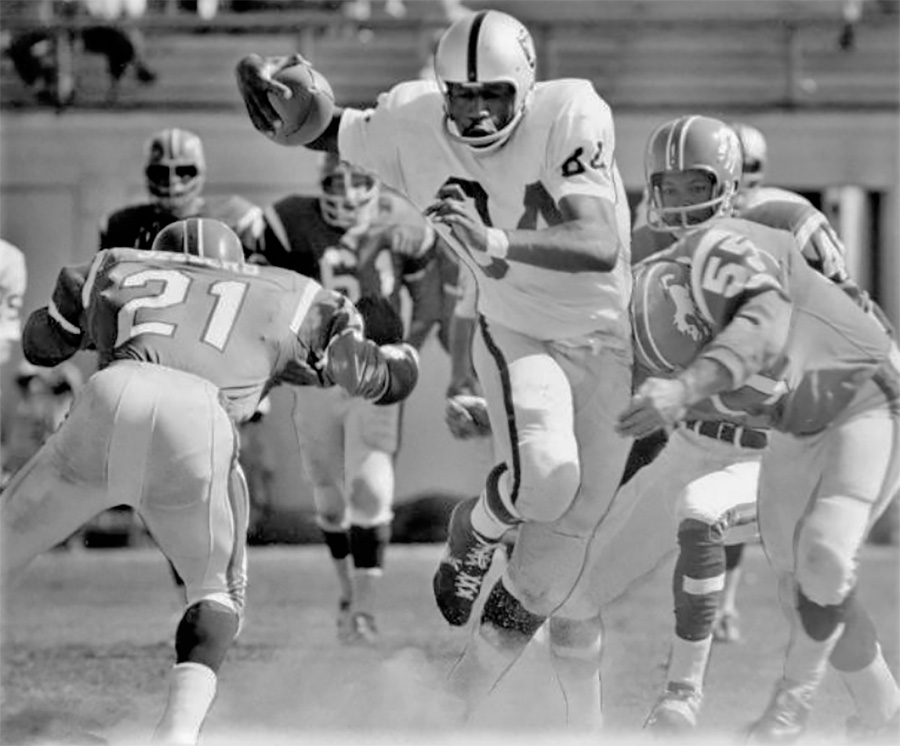
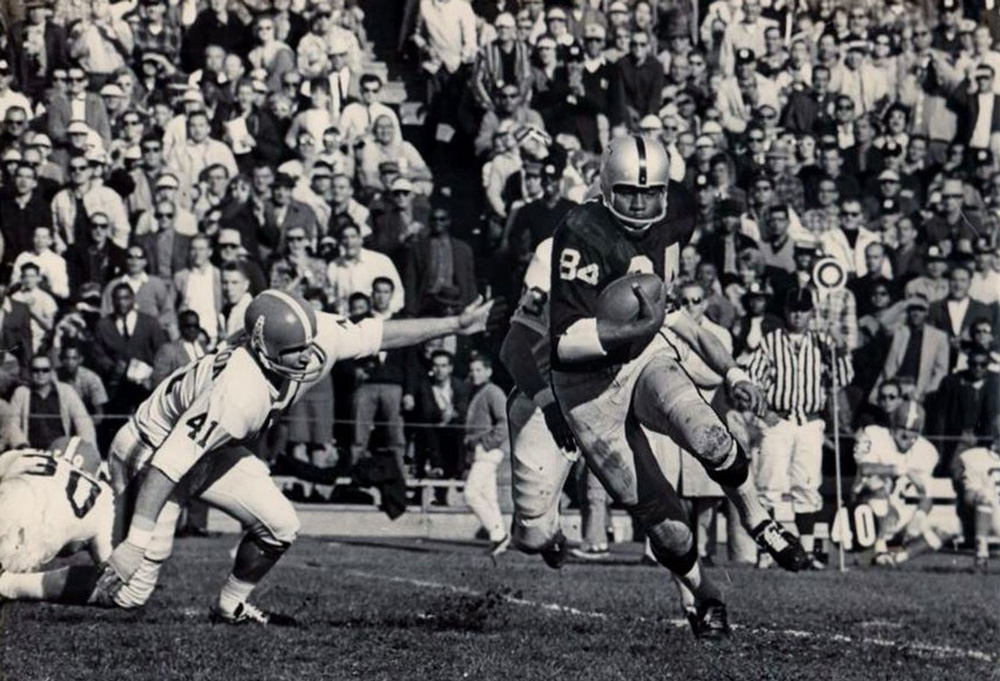
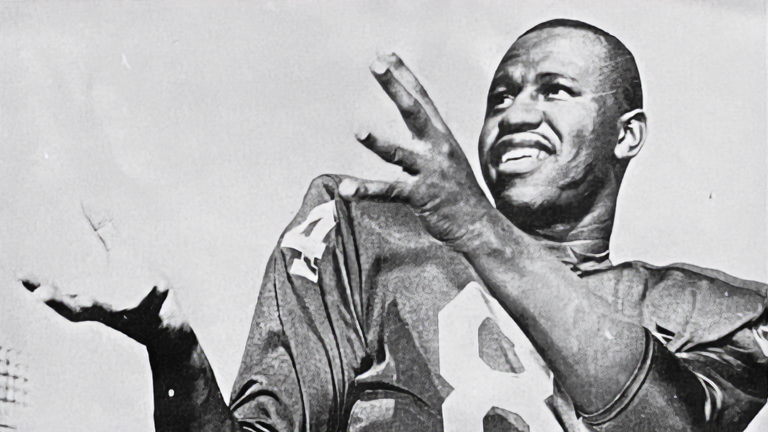
The Case For Canton
Art Powell has been eligible to be inducted into the Pro Football Hall of Fame in Canton, Ohio for over 50 years. It's been 8 years since his death in 2015. While the vote for Powell put him through a couple of rounds of voting in the Senior Division, he never made it as far as he is today. Art is one of 3 Senior Finalists for the Class of 2024. The final vote will be in January where the selectors will determine the players to be enshrined into the Pro Football Hall of Fame in Canton, Ohio next August 2024.
This video presentation was designed to present to the Hall of Fame Senior selection committee. It showcases some of Art Powell's achievements on the field.
(Press pause to have more time to read)
After The Catch
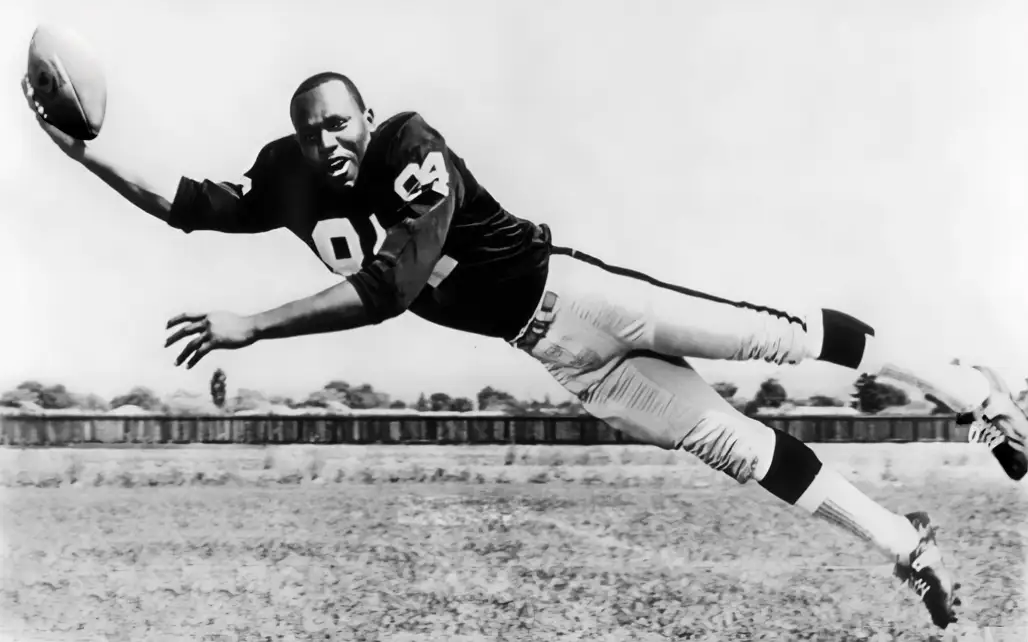
"The only regret I have...was sitting in the stands watching the Raiders play Green Bay (Superbowl II). I know damned well if I was on that field, we would have beaten Green Bay."
– Art Powell
"I wish I could take you back to 1963 because I had one of the greatest receivers who have ever played this game. His first year for me, he carried us."
– Al Davis
Touchdowns
Art : The Man
"Years later when I made the Hall of Fame...how have they passed on Art? Some things cannot be explained."
– Fred Biletnikoff
Powell put his stamp on more than football
In 1969, along with singer James Brown, Art established The Black and Brown Trading Stamp Corporation in Oakland, California. They saw an opportunity to create and reward loyalty within the Black community through trading stamps featuring Black American icons.
The first and only icon featured on these stamps was James Brown himself.
The stamps were issued by Black merchants in Downtown Oakland to provide incentives to local patrons in the Black community. A full book of 50 pages of stamps was worth the equivalent of $3.00 in merchandise. During the first year the effort grew to include 1,000 merchants across California and generated over $1 million dollars in business.
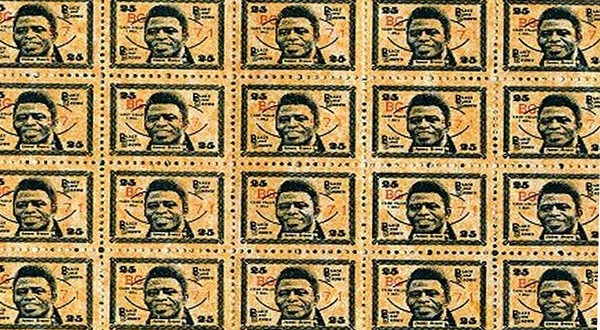
"Art had range and he was more like today's big wide receivers who could go deep. He was just a great player."
– Tom Flores

